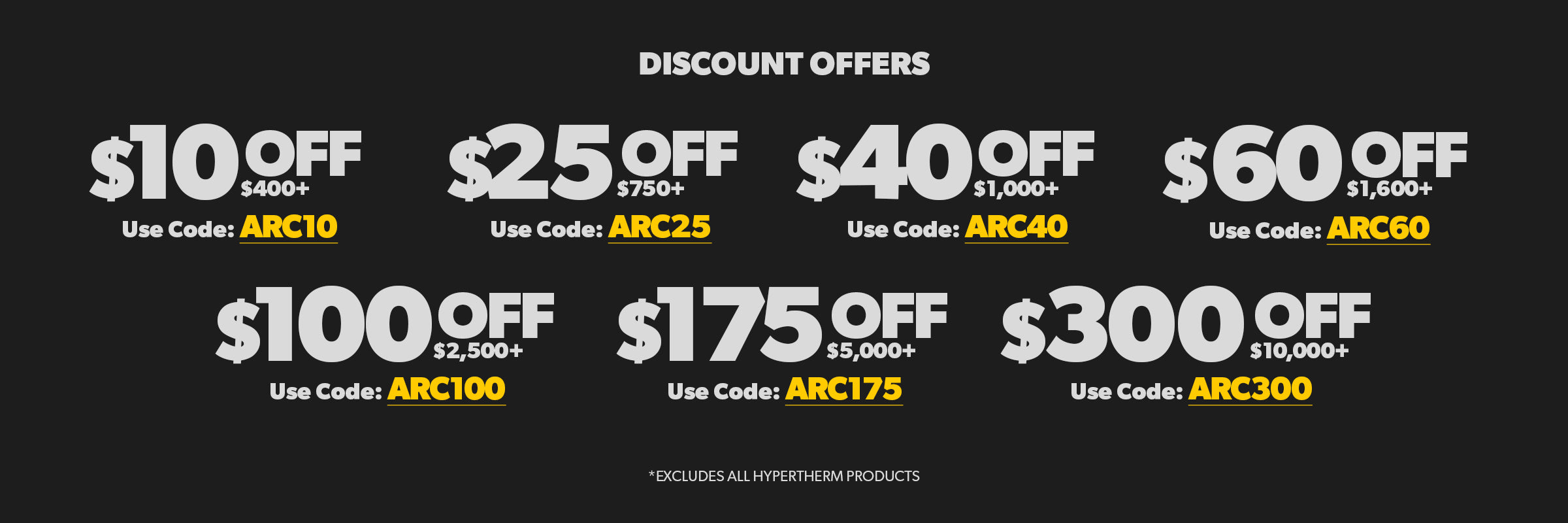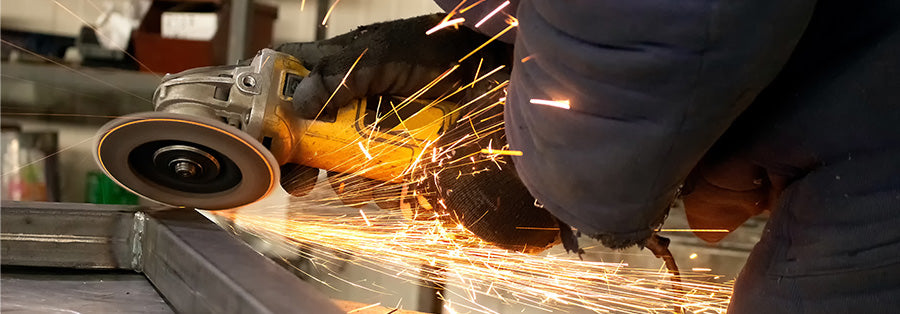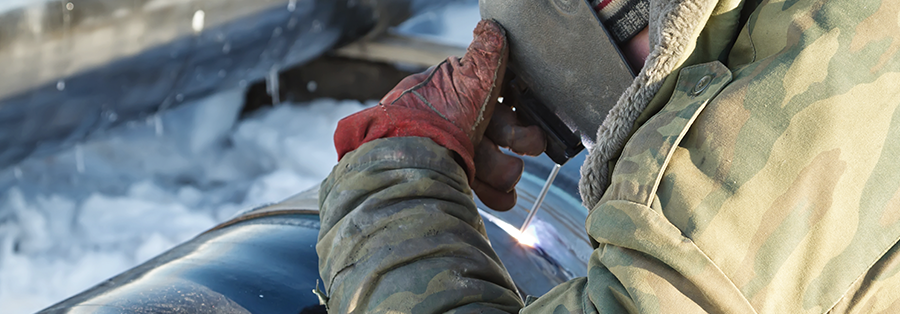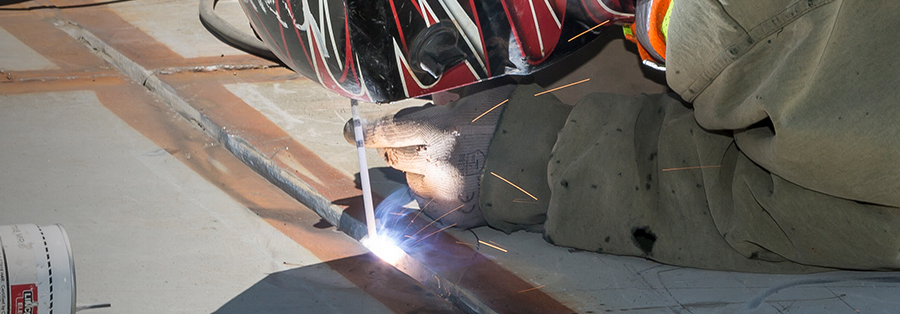It might come as news to those just getting started in the industry, but the welding process doesn't end once you've fused two pieces of metal together. It also starts long before firing up your machine. Achieving a flawless, professional weld requires the careful use of another critical technique: grinding.
Whether prepping a work piece or striving for that mystical invisible seam, the fact is the best welders grind more than two tipsy seniors on prom night. If you want to elevate your welds from merely functional to high-quality, professional pieces that you can be proud of, you’ll want to master this essential prepping/finishing step.
So let’s take a deep dive into the world of grinding. If you're a beginner looking to flesh out your skillset or an old timer who’s been out of the game for a while, this guide will provide you with essential knowledge about grinding techniques, the right tools and valuable tips to consistently produce high-quality welds.
What is Grinding?
Put simply, grinding is the process of removing excess material using an abrasive wheel. The two uses for grinding in the welding realm are prepping a workpiece for a more structurally sound weld, or smoothing out the seam after bonding two pieces of metal to produce a nice finished piece.
Do I Always Need to Grind My Piece?
Prepping - Any type of oxidization, paint or corrosion needs to be removed from your workpiece before you start up your torch. Sometimes, this simply means hitting it with some sandpaper. Other times, there are more stubborn contaminants or protective layers that must be removed from the metal before laying a bead.
Finishing - While grinding can produce a nice, smooth finish, it’s not always necessary. The main reason to grind a weld bead is to attempt to make the joint invisible or to prep the piece for painting. On specific applications where you would like an invisible seam, like welding a car fender or an art piece, you would definitely want to disguise the seam. On other, less visual applications, like when the metal is of structural importance and hidden behind a panel, you could forgo the process.
Unless you’re a master TIG welder consistently stacking dimes and laying perfect beads that you want to share online, grinding is the best way to get a visually pleasing finish.
Weld Aesthetics and Structural Integrity
One thing to consider when looking into grinding your weld is the structural integrity. Inevitably, removing metal from a workpiece will weaken it to some degree. However, as long as you were able to get good penetration with your weld and you avoid removing material from the parent metal, there is no structural downside to grinding. You can also implement certain techniques before you weld, like beveling the two pieces you’re joining, which will allow for a stronger bond and less material sticking up off your finished piece.
About Discs
A grinder can be a versatile tool given the array of discs available. Each type of disc has a unique purpose. Here are the major discs every welder should be familiar with:
- Cutting Disc: The name pretty much sums it up. The big difference here is that unlike grinding wheels that can both cut and grind, cutting discs are designed only to cut. They produce much slimmer, more precise cuts with less wasted material.
- Grinding Disc: This type of disc is designed to grind down metal. It’s perfect for removing layers or beveling edges. While it will slightly smooth the surface of your metal, that’s not what it’s truly designed to do. If you aim to keep your piece as shiny as possible, note that grinding discs will scratch up the surface of your metal.
- Flap Disc: While grinding discs are used to remove layers of metal, flap discs are quite literally flaps of sandpaper placed in a circle used to “smooth” your workpiece. If you’ve ever used sandpaper for woodworking, the process is quite similar. You start with a lower grit flap disc that has a coarse grit. From there, you work up towards higher numbers (finer grit sandpaper). If done correctly, you can attain an incredibly smooth finished piece.
- Sanding Disc: This disc is similar to a flap disc except instead of flaps of sanding paper, it’s just one solid piece. In many situations, a flap disc and a sanding disc overlap in their functionality, and often it’s just a matter of preference.
- Wire Wheel: Even flap discs will scratch up the surface of your metal. A wire wheel is designed to remove corrosion, mill scale, paint and other contaminants without scratching up the surface of your workpiece. It’s perfect for giving an old chunk of metal a nice shine.
For even more information on which wheels will work best while grinding, check out our in-depth article here.
Finishing Up
Grinding is a skill that elevates the integrity, quality and appearance of welds, making it an integral part of the process. With the right knowledge, tools and safety precautions, you can master the art of grinding and create welds that not only meet industry standards but also reflect your commitment to craftsmanship.
Remember that practice is essential to perfecting your grinding skills. Keep honing your skillset and in no time you’ll be grinding like those high schoolers when the DJ throws on Nelly’s “Hot in Herre”.
For high-quality welding supplies and accessories, Welding Supplies from IOC has the best prices, unrivaled customer service and top brands you can rely on.




